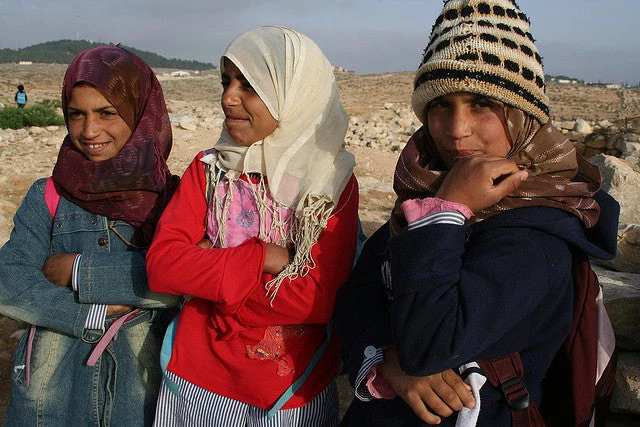
Whenever I have asked in-country practitioners (whether Bank staff or local NGOs or journalists) what the country really needs, the answer I have heard most often has been: “Jobs.” Get them good jobs, higher incomes, and break the vicious trap of poverty and violence, is the common refrain.
That is easier said than done. So many variables go into a conflict situation that identifying a single root cause –the binding constraint, if you will – is often almost impossible. Conflict situations are more complicated than what formulas and frameworks can represent. Intangible variables, like psychology and mindsets, often accompany the rational factors of economics. Weak policies, corrupt institutions, broken value chains, and negative perceptions do not help.
Cross-cutting, economy-wide interventions are always required, but these are hard to monitor, and cannot easily be ‘felt’ by the entrepreneur – in a context where the entrepreneur’s psychology is most important. They are also often not adequate by themselves. Indeed, I am yet to see conclusive evidence that such interventions have by themselves turned around a conflict-affected country. At the other end of the spectrum, individual firms and entrepreneurs are very widely dispersed, and the Bank’s mandate and resources simply do not permit us to work too closely with each of them.
So where does that leave us? How about a mid-way solution, instead? One that focuses on the middle layer: industries.
There are some clear advantages to such a focus. Much economic development happens with industries at the center – just ask the Asian Tiger countries. Issues ranging from infrastructure to correcting market distortions typically require industry specific interventions. The reality at the end of the day is that governments do not have unlimited wealth, which is why they almost invariably end up prioritizing industries. The question is how to do so in a smart and pragmatic way.
First off, industrial interventions are not a new idea. Moreover, they have shown some successes, starting from the grassroots level upwards. While preparing a World Bank credit in Niger, for example, I met with butchers operating in the Niamey abattoir. They explained how their small businesses would benefit if we upgraded the abattoir and then linked it with improved feeder roads to marketplaces in Nigeria. I have heard similar messages of hope when talking to ICT entrepreneurs in Gaza, young tour guides in Sri Lanka, and women who run handloom tailoring shops around Kabul. These experiences have made it amply clear to me how a properly designed industrial intervention can be of direct help to those who need us most.
Conflict-affected countries realize this. In recent months, there has been demand from many of them for exactly such assistance. The dialogue with them is not about what as much as how.
The ‘how’ is all-important. New approaches should be tested with caution. Conflict-affected countries are not laboratories: They do not have the capacity to absorb failed experiments. I have heard of matching-grant schemes and risk-sharing facilities where applicants were intent on gaming the system rather than expanding their businesses. In general, if there is uncertain demand, a “build it and they will come” mentality is unlikely to work. One would also not want communities to become over-reliant on handouts and market-distorting subsidies. Clarity on topics like moral hazard, strong implementation, honest monitoring and evaluation would be essential.
As the Bank continues increasing its expertise in the industrial competitiveness space, and as it applies this new-found knowledge in the world’s most troubled conflict zones, a healthy debate around successes and failures would help. Sure, many East Asian countries made it work, but what about Africa? To this, my answer is: There’s hope. We look with optimism at fisheries clusters in Somaliland, cashews in Guinea-Bissau, tea in Rwanda and cotton in Chad. If we can help the Democratic Republic of Congo overcome the “resource curse,” could they use diamonds to grow, in the way that some Arab countries have used oil?
Every region has its successes and failures. The challenge is to increase the likelihood of success in the most challenging of environments: conflict-affected countries.
I welcome other practitioners’ experiences and thoughts as we continue on this exciting journey.

Join the Conversation